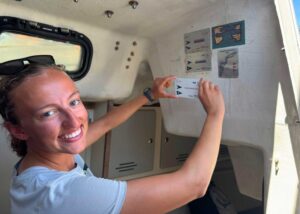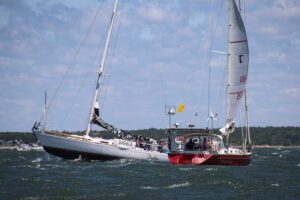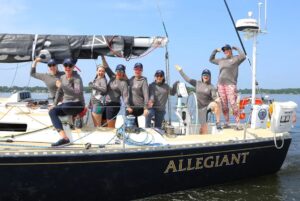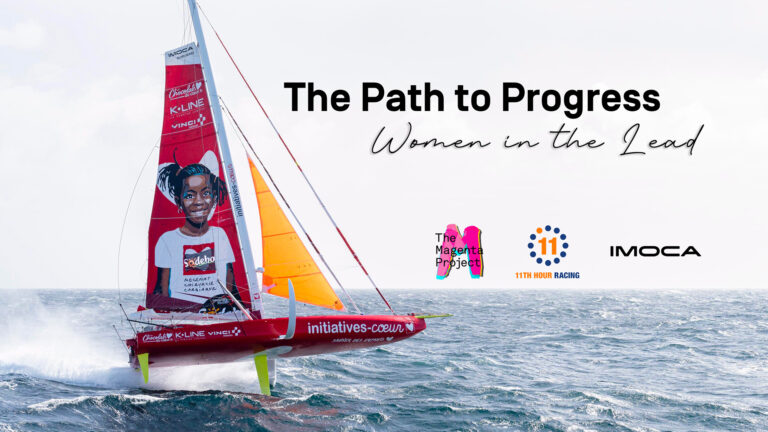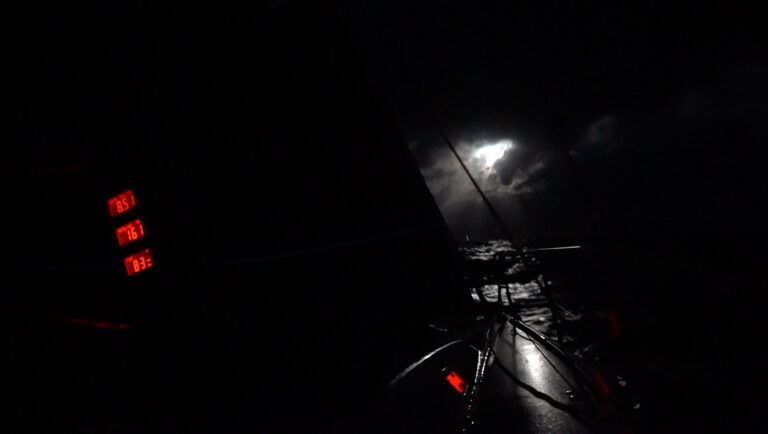In the Pacific Northwest, sailing can be an adventurous affair. Take, for example, the inaugural Race to Alaska, which starts June 4 in Port Townsend, Washington, and runs 40 miles to a one-day pit stop in Victoria, British Columbia (read: the shakedown qualifier), before punching some 710 miles north to Ketchikan, Alaska. The rules are simple: no auxiliary power, no support teams, and everyone must finish before the “sweep boat” arrives in Ketchikan. Teams can enter any type of engineless craft, and they can sail with unlimited crew, provided everyone completes the course.
The race is all the buzz in Seattle, where there’s been plenty of debate about what horse will be fastest. Some argue that kayaks are the best bet. Others favor hybrid sailboat/kayaks.
To gain some perspective I called Paul Bieker, lead design engineer for Oracle Team USA and owner of Bieker Boats (biekerboats.com), who is designing a proa-style speedster for a well-prepared Seattle-based team.
“Restricting the boat to human propulsion means we have to design a boat that can make some distance with a quarter of a horsepower on tap,” said Bieker, who plans to incorporate pedal-driven propulsion into his proa design. “It means you really need the minimum displacement and most easily driven marine transport for the [crew]—you just can’t throw size and money at the thing.”
Bieker expects his design will do roughly 3.5 knots under pedal-power and sail up to 10 knots upwind—speeds a kayak can’t touch. “I think it’s boneheaded to not set up the boat to use [wind] when it’s available,” said Bieker.
In addition to epic bragging rights, the race offers a $10,000 purse, so expect the stakes to be high and the adventures grand.
For more on this unique marathon event, visit racetoalaska.com.

